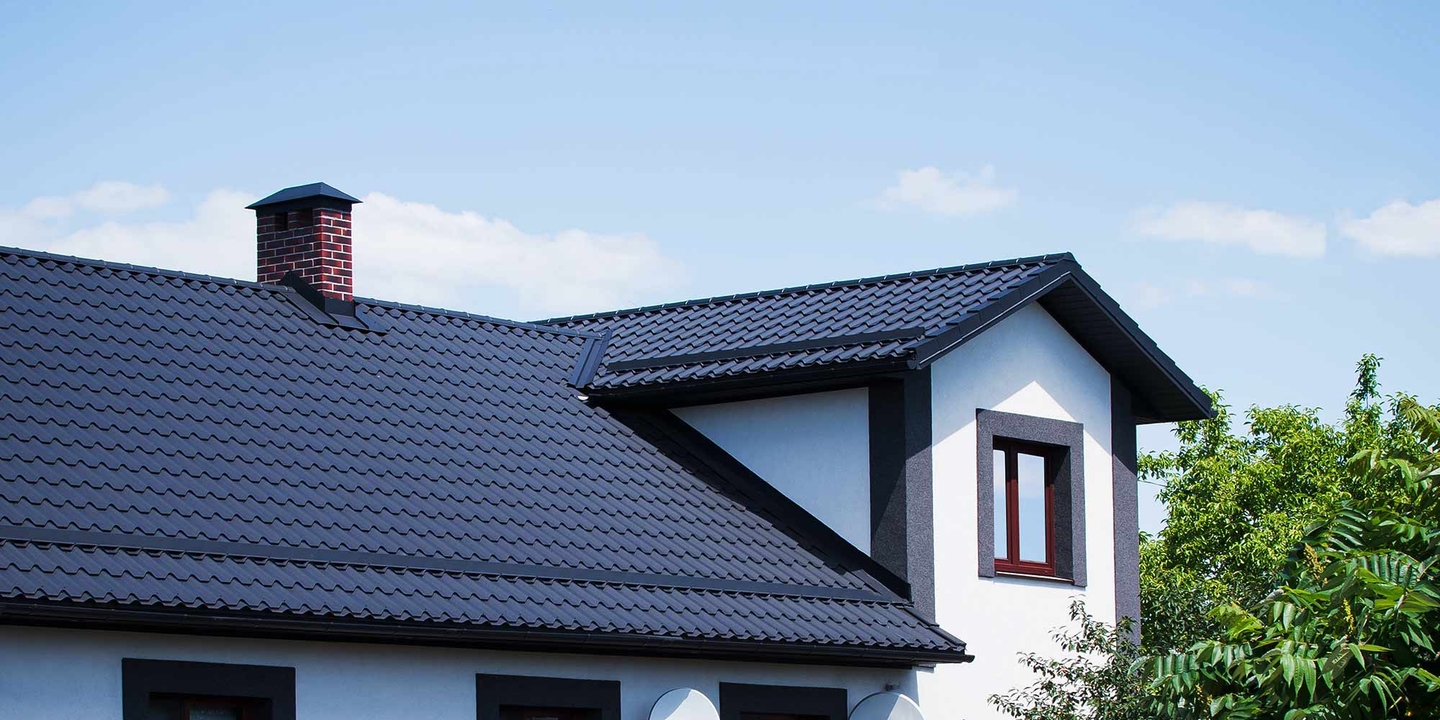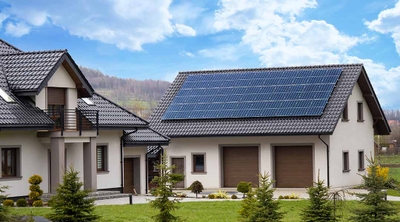Best Roof Shingle Types
4 min read
Whether you’re building a new house or it’s time to replace the roof on your existing home, it’s essential to understand your options. There are different roofing materials to choose from, and some types may be better than others based on your circumstances. The best roof shingle for you depends on multiple factors, including where you live, your budget, and the complexity of your roof.
To help you decide which type of roof shingle and roof shingle material is right for your home, we spoke with Kyle Shirley, owner of Sol Vista Roofing.
What are the different types of roof shingles for your home?
Asphalt
According to Shirley, approximately 70% of homes in the United States have asphalt shingle roofs, making it the most popular roofing material and shingle type in the country. It’s also the most budget-friendly option available. Asphalt shingle roofs last about 15 to 20 years in moderate climates. However, your roof may only last six to seven years if you live in an area with frequent hailstorms, hurricanes, tornados, or high winds.
Concrete
Concrete tiles may be a good option if you live in an area with extreme heat. “They provide a lot of ventilation under the tile, so a lot of that heat hitting your roof never makes it into the attic or house,” Shirley said. This type of roof is durable and typically lasts 40 to 50 years. However, concrete is heavy, and not all homes are strong enough to withstand its weight. Shirley said that if you’re trading your asphalt shingle roof for concrete tile, you’ll probably need to have your roof structure reinforced to handle the extra weight.
Metal
Metal roofs provide a contemporary or industrial look, which may not fit all styles of homes. But if you like the look of it, the only downside to using metal is the cost, according to Shirley. It’s one of the most expensive roofing materials you can choose, but it may be worth it if you’re in your forever home.
You’ll pay more upfront for a metal roof than for other roofing materials. However, metal will likely cost you less in the long run because they last about 100 years, so you won’t need to replace it. Upgrading to a metal roof might also help reduce your homeowners insurance rates, especially if you’re replacing an older asphalt shingle roof. Learn more about how roof type impacts homeowners insurance.
Plastic
For many homeowners, roofs are typically about function over form. But if you want your home to stand out from the crowd, plastic shingles can give it a high-quality designer look. “They are really for homeowners looking to use their roof as a showpiece to differentiate themselves from their neighbors,” Shirley said. These synthetic products are made from polymers and resins, designed to look like slate or stone, and have a lifecycle of 40 to 50 years. Pricing varies depending on the product you choose.
Wood
An eco-friendly choice, wood is one of the only organic roofing materials you’ll find, and wood roofs generally last 30 to 50 years. Although they’re beautiful at first, they turn gray within a few years, and over time the shingles tend to buckle and crack. Wood roofs are more susceptible to wind and fire damage than other materials. Because of this, the building codes of many cities and counties don’t allow wood roofs on homes. If you live in an area that permits wood roofs, you may have trouble getting homeowners insurance because many insurers won’t insure homes that have them.
What are the best roof shingles for your home?
Not every type of shingle is right for every home. Before deciding what kind of roof to put on your house, it’s important to consider the pricing, complexity, durability, and geography of your home.
Price of roofing material
Some roofing materials and roofing shingles cost more than others. Review your budget and get estimates to know how much a new roof will cost before deciding. Learn about how much a new roof costs.
Roof complexity and durability
The material you choose must fit your roof properly. If your roof is steep or has a lot of bends, corners, valleys, and ridges, it won’t be easy to use certain roofing materials, such as tile or metal. Asphalt may be your best bet for complex roofs, according to Shirley. When choosing a material, it’s essential to balance the price with its expected lifespan to get as much bang for your buck as possible. Learn how your home’s roof shape and type can affect the roofing material you choose.
Geography of your home
Extreme temperatures, wind, hail, and strong storms can affect a roof’s lifecycle. Choosing a material that can withstand the effects of the weather in your area can help you get more years out of your roof. Asphalt roofing manufacturers make shingles designed to help prepare your home for severe weather. For example, algae-resistant shingles combat algae growth in humid climates. Impact-resistant shingles minimize damage from hail, and cool roof shingles absorb less heat to help keep homes cooler in areas with high temperatures.
Replacing a roof comes with various decisions, from type of material to timing. Before hiring a contractor for the job, be sure to get estimates from several different companies. Asking the right questions before hiring a contractor can help you set expectations early. Then, once you’re ready to replace your roof, learn how often you’ll need to replace your roof, and how homeowners insurance works during a renovation.






